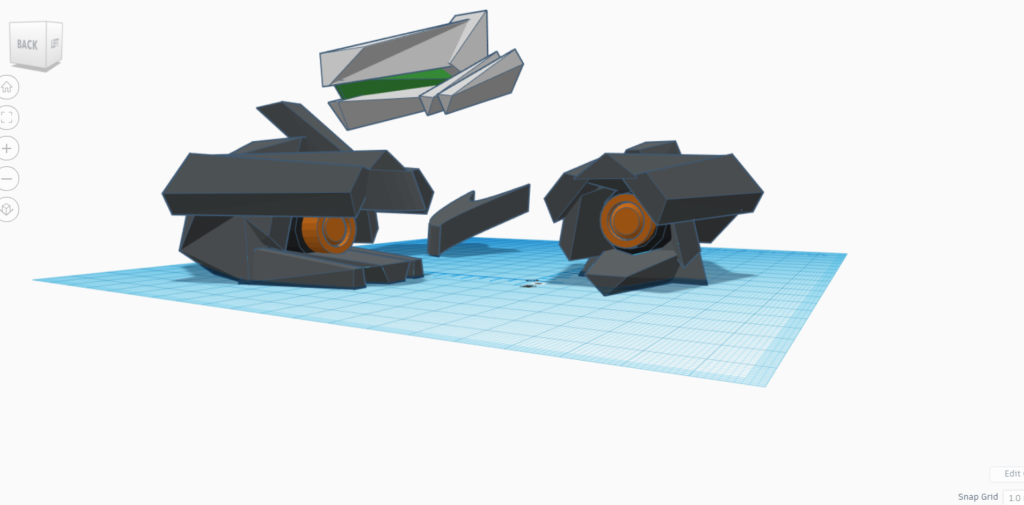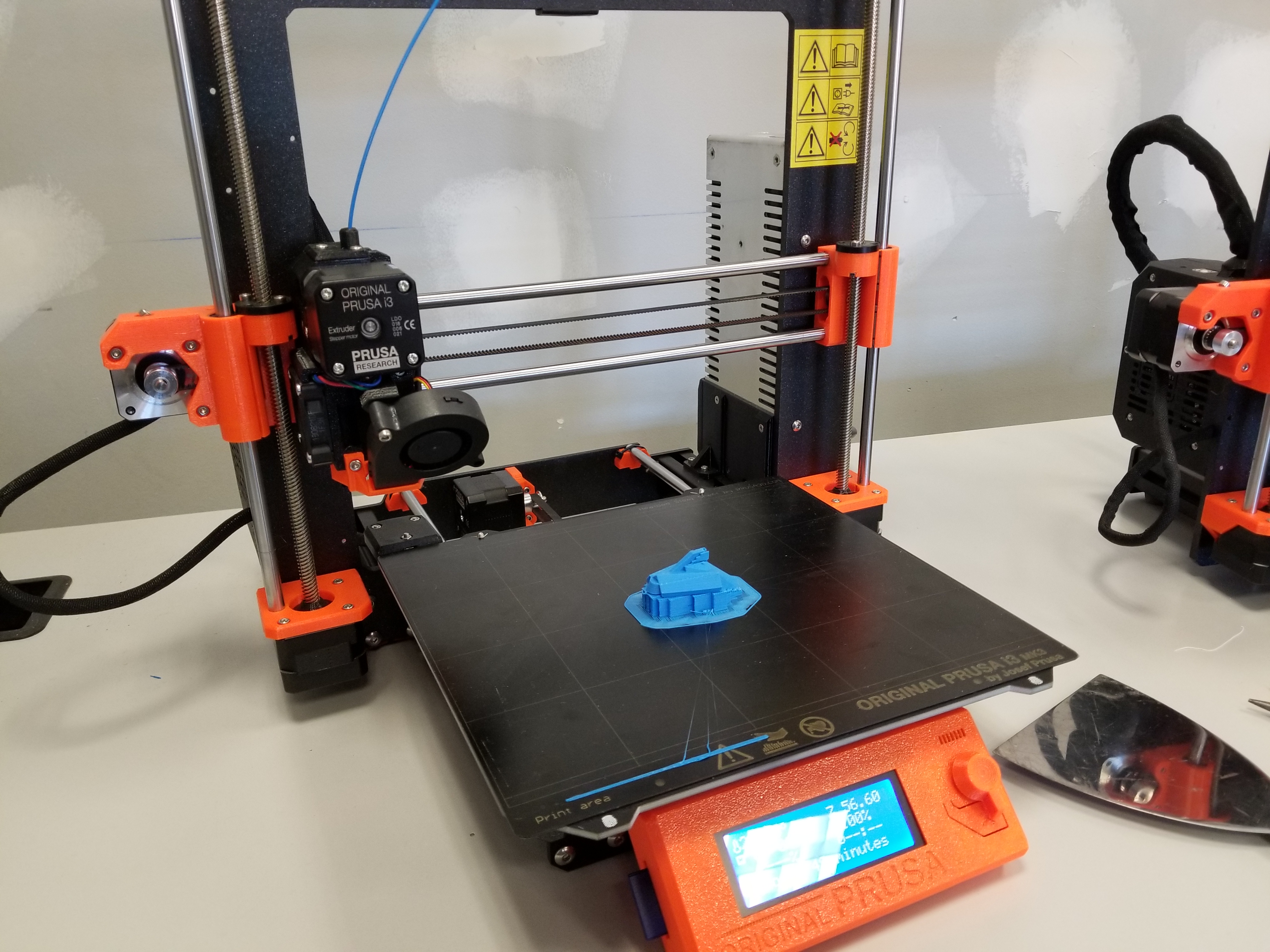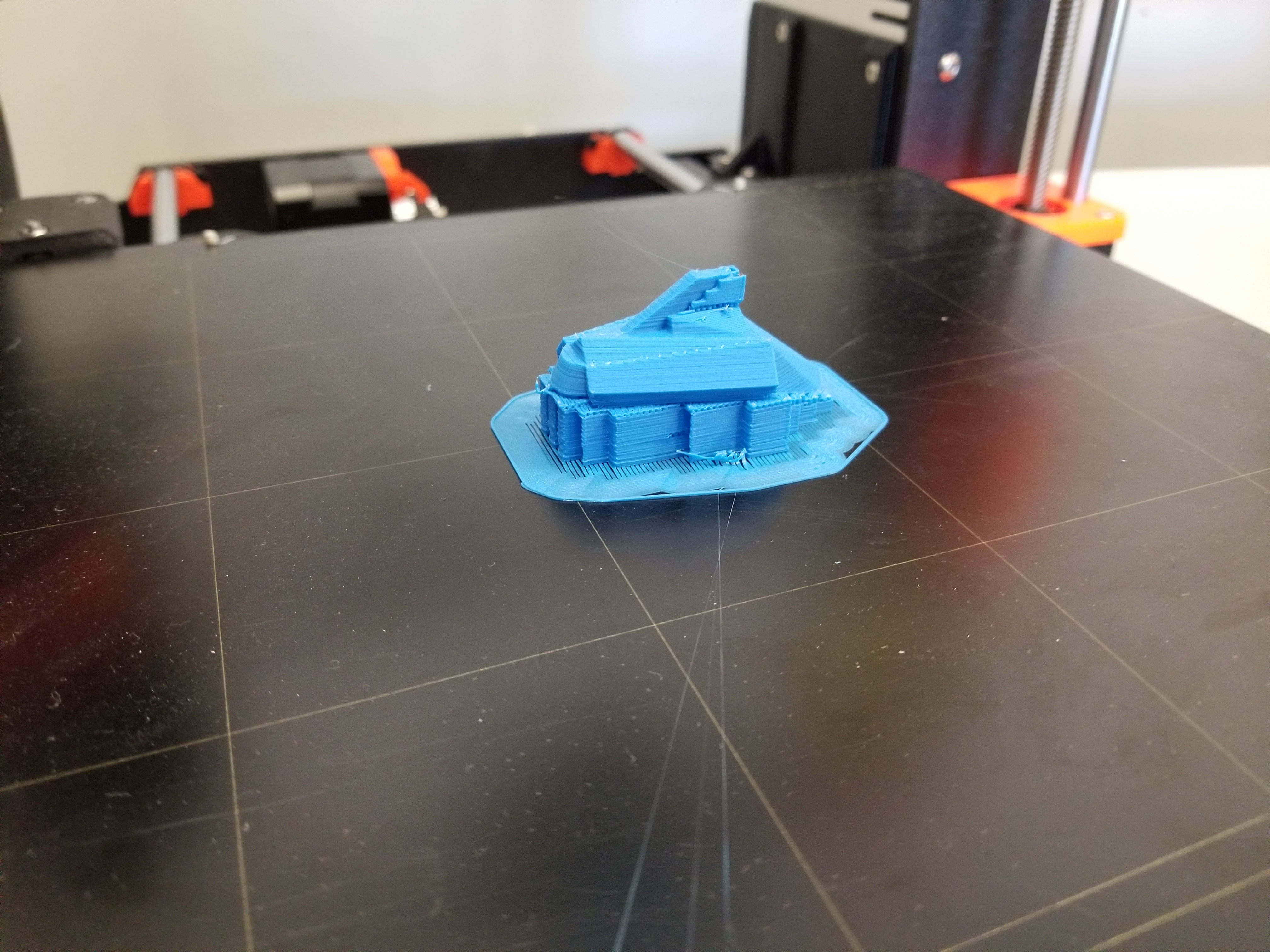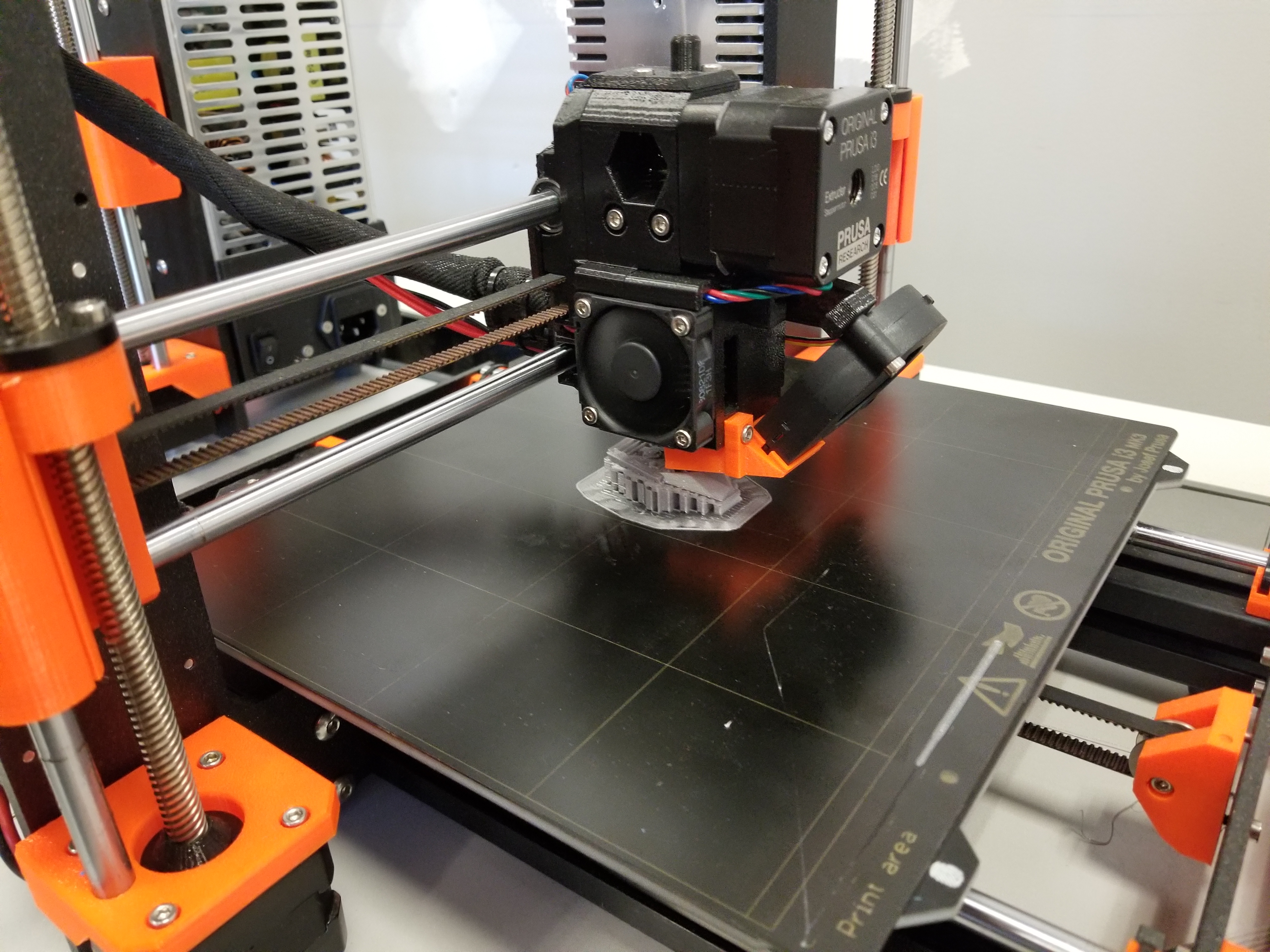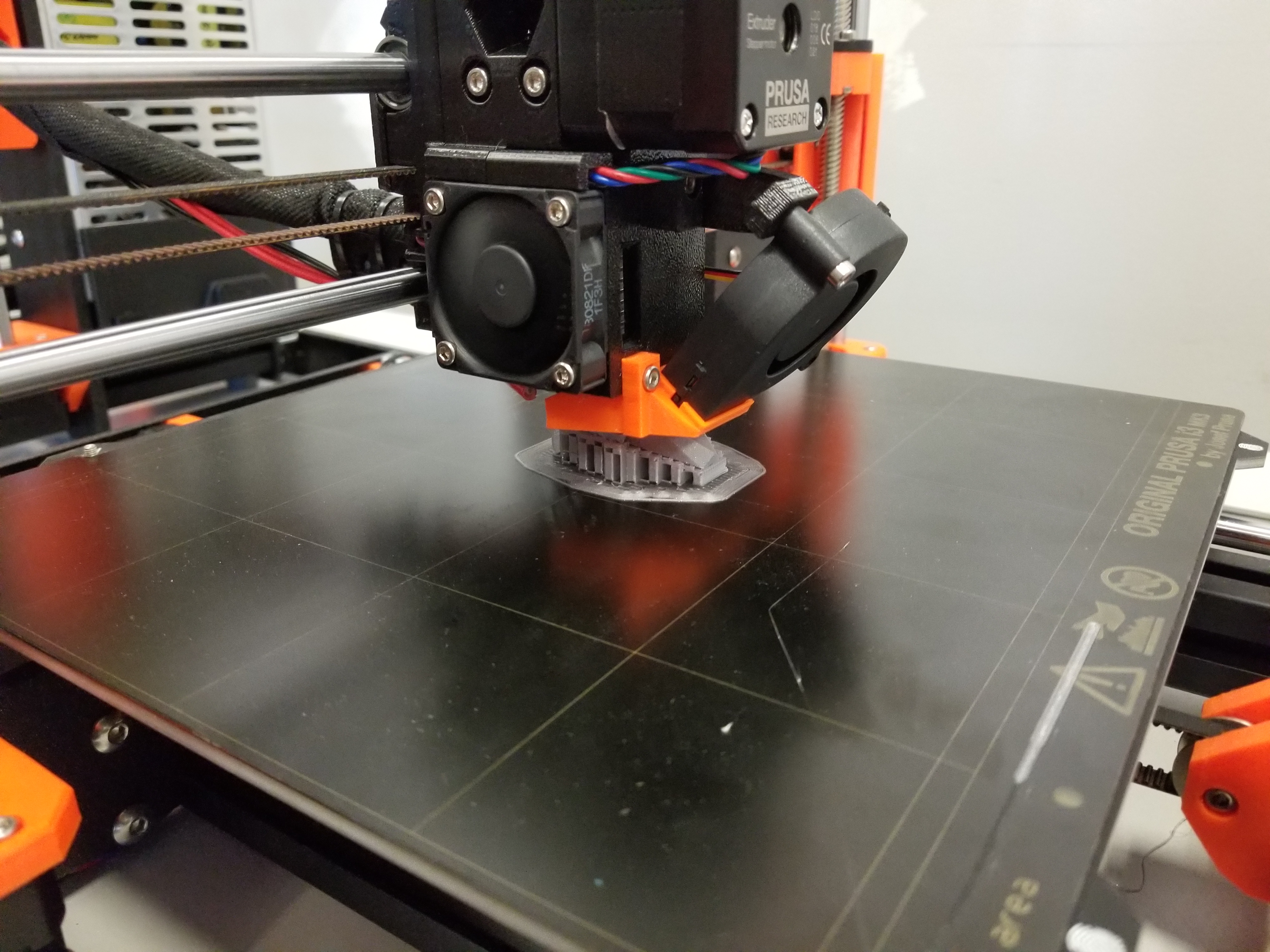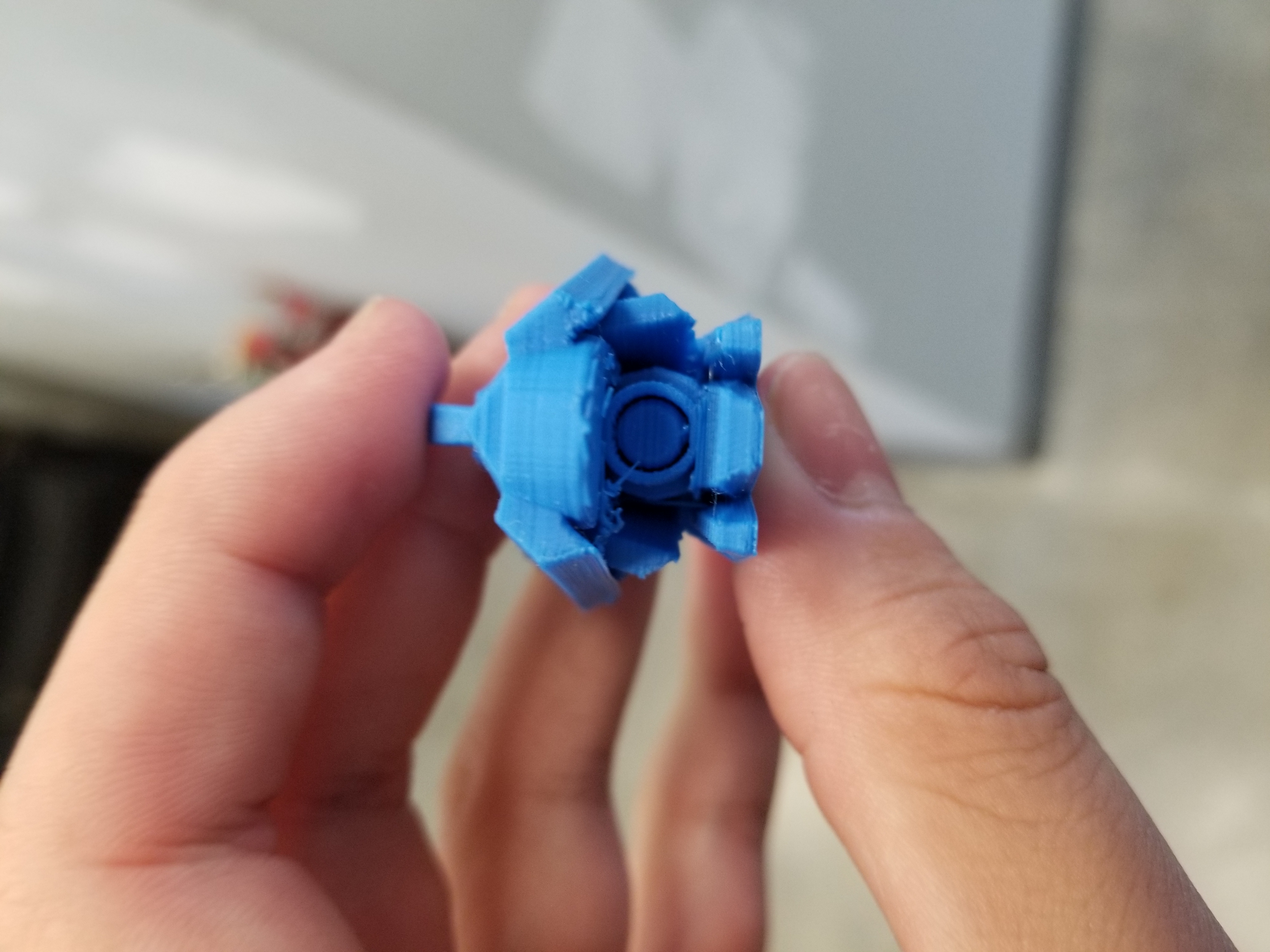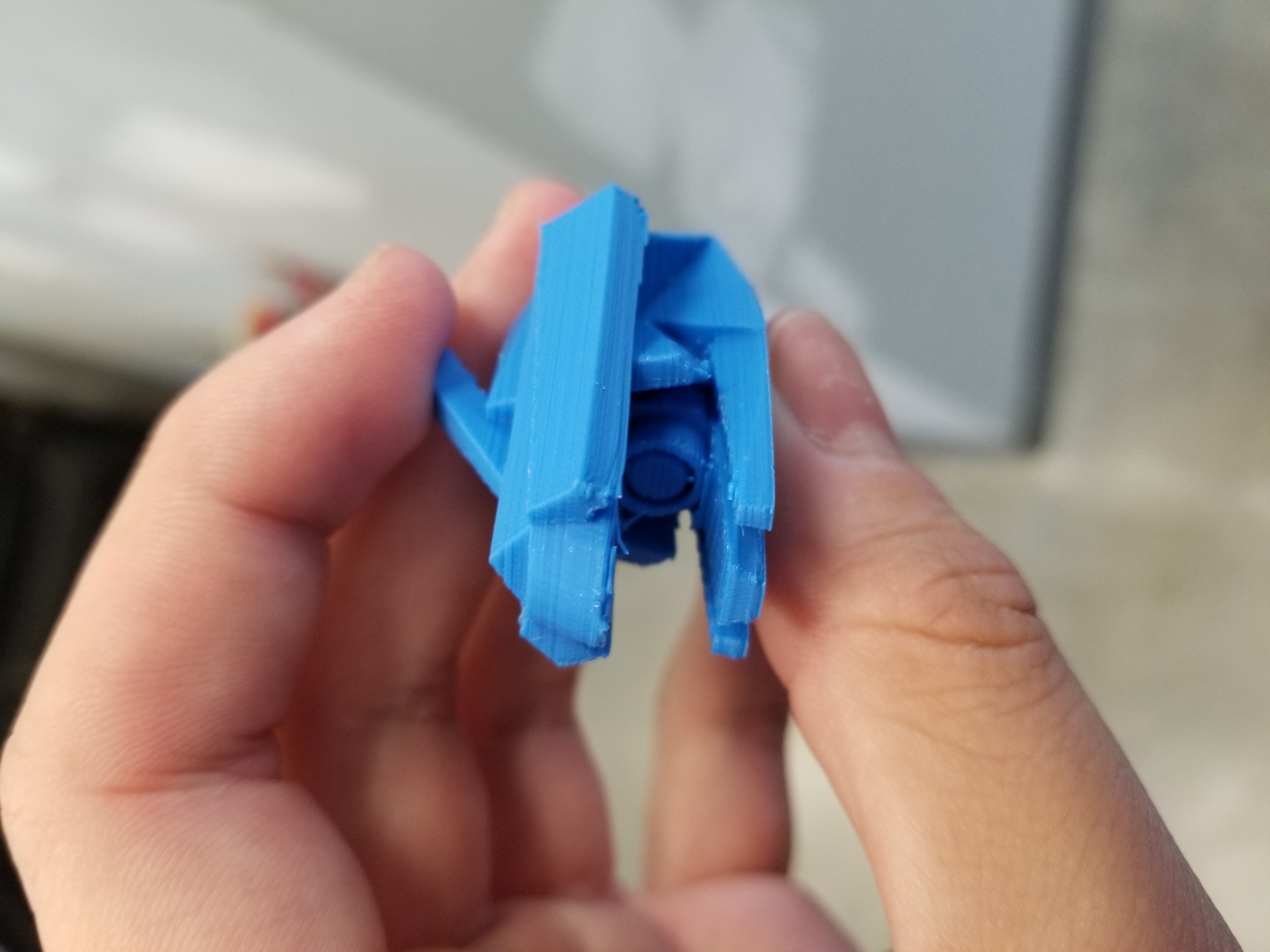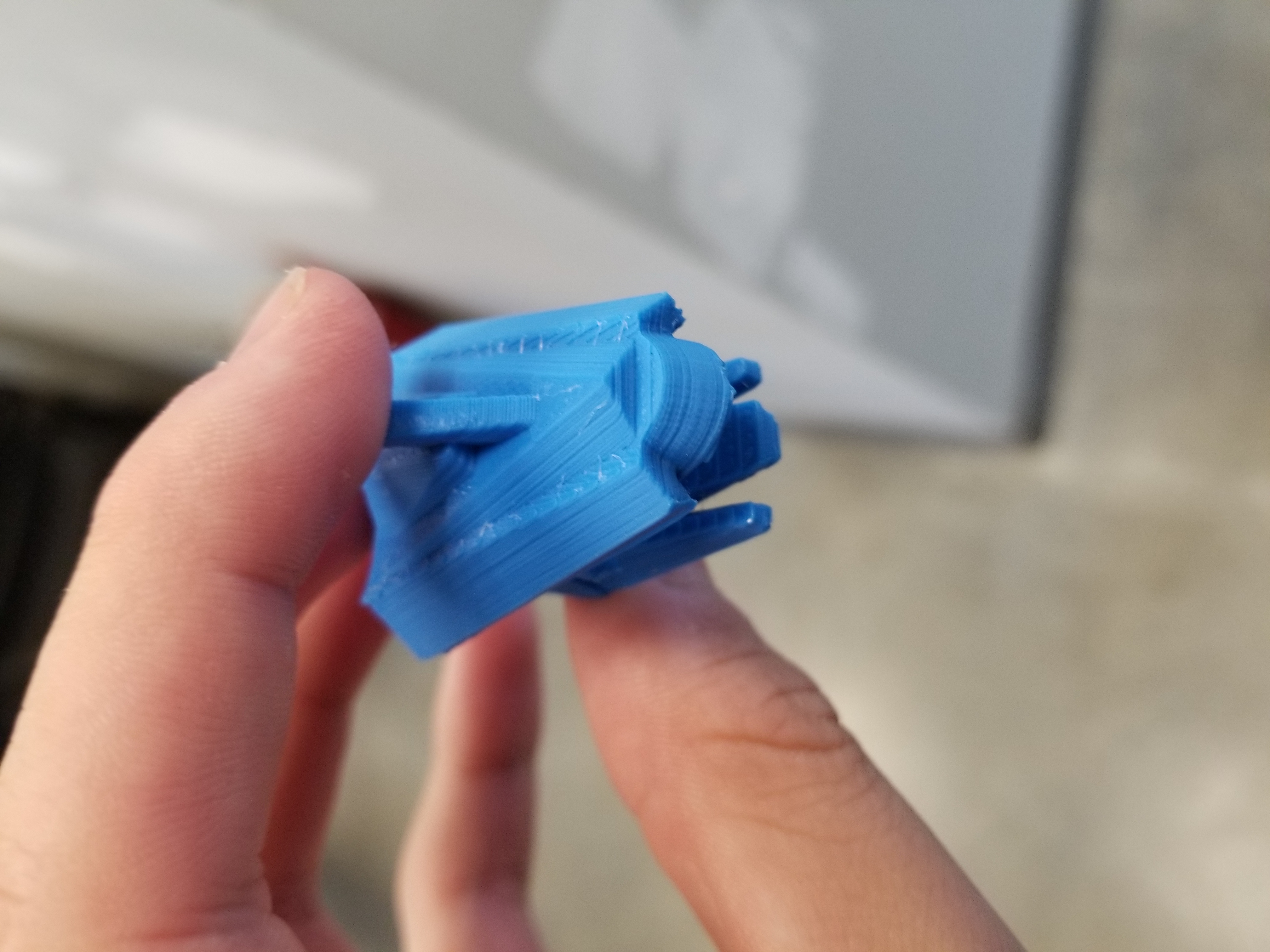While my thesis might focus largely on the process of 3-D printing, I have to admit that there is more to it than just that. The 3-D printer is indeed important, but it is also very convenient means to an end. A large part of my influence comes from my time building plastic model kits and more recently being introduced to the world of Maker-spaces. For model kits, I primarily have built robotic figures known around the world as GUNPLA. Gunpla comes from a Japanese Animated Universe known as Gundam where giant humanoid mecha are the focal point of the many series’. Gunpla is scaled down plastic kits of these robots where you use craft tools like specialized clippers, sandpaper and paints to put together and customize your own miniature mecha. The ones behind this are the amazing engineers and designers at BANDAI in Japan. It is the work of the many designers and engineers that figure out how to get a giant robot in a TV show into a form that is not only smaller, but still retains the same details. They also make sure that each plastic figure can be constructed with stability and in the most efficient way possible. They way they put parts together in the instructions still boggles my mind. Its almost putting together this crazy 3-D puzzle. It is thanks to them that I had the inspiration to make a toy of my own that focuses a lot on the idea of customization and the act of putting it together on your own. Everyday I try to figure out how they did with each plastic kit and somehow find a way to incorporate it into mine. It will be tough, but once I find a way, I want to also make figure that has a strong level of detail while also being something that can fit on your desk.
While these plastic models and their creators might be the influence of the past, the present and the fact I even known what 3-D printing is is thanks to a more college related role model. If anyone was a role model for this, it would be IMM’s very own John Kuiphoff. John Kuiphoff’s is a professor of many talents and he has a passion for the physical creative aspect of IMM. Through his digital fabrication class, I was introduced to this aspect that I never really knew existed. His class introduced me to things I’ve come to relate to IMM like woodworking, laser cutting and of course 3-D printing. People forget that IMM isn’t always about whats on the screen. Sometimes its whats in your hand. John was always excited to show off his maker-space stuff and work to us students. He didn’t care for skill level at all, just as long as you were satisfied with the end product. Through him, I learned that the maker-space is the bridge that connected IMM’s digital and physical aspects. You weren’t stuck with a picture on a screen. Now you could laser cut it out and give it to someone as a gift. You could design something practical like enclosures for electronics, or get crazy and creative and make silly key chains to show off. It was through him that I found myself in the maker-space almost everyday that it was open, spending ours trying out ideas whether they were big or small.
As for a leader in my field, I do have to thank Josef Prusa for his great contribution to the 3-D printing community. He is a large part of making the 3-D printing movement more accessible to the average Joe. At only 19 he became part of the Rep Rap community, one aimed at making open source free 3-D printers. Now he has moved on to his personally designed PRUSA series which has be hailed for its quality not in just construction and print results, but also for the companies customer service. The company has less than 100 people working out of HQ in Prague and yet, they are able to produce all of their 3-D printers through his own farm which is literally 3-D printer building new 3-D printers.
